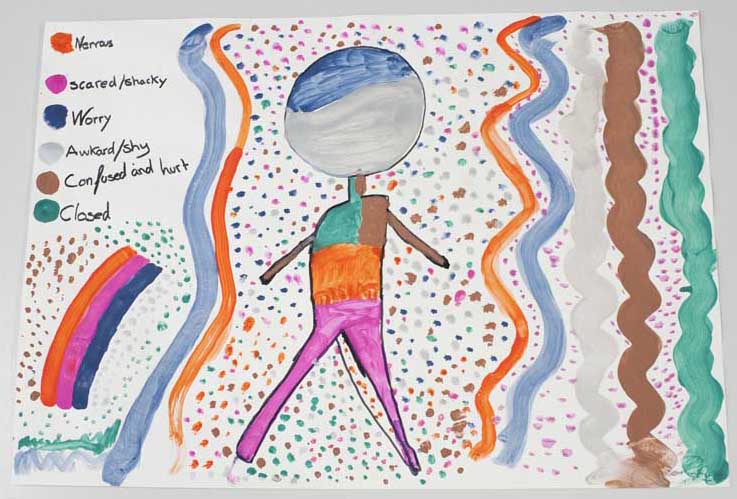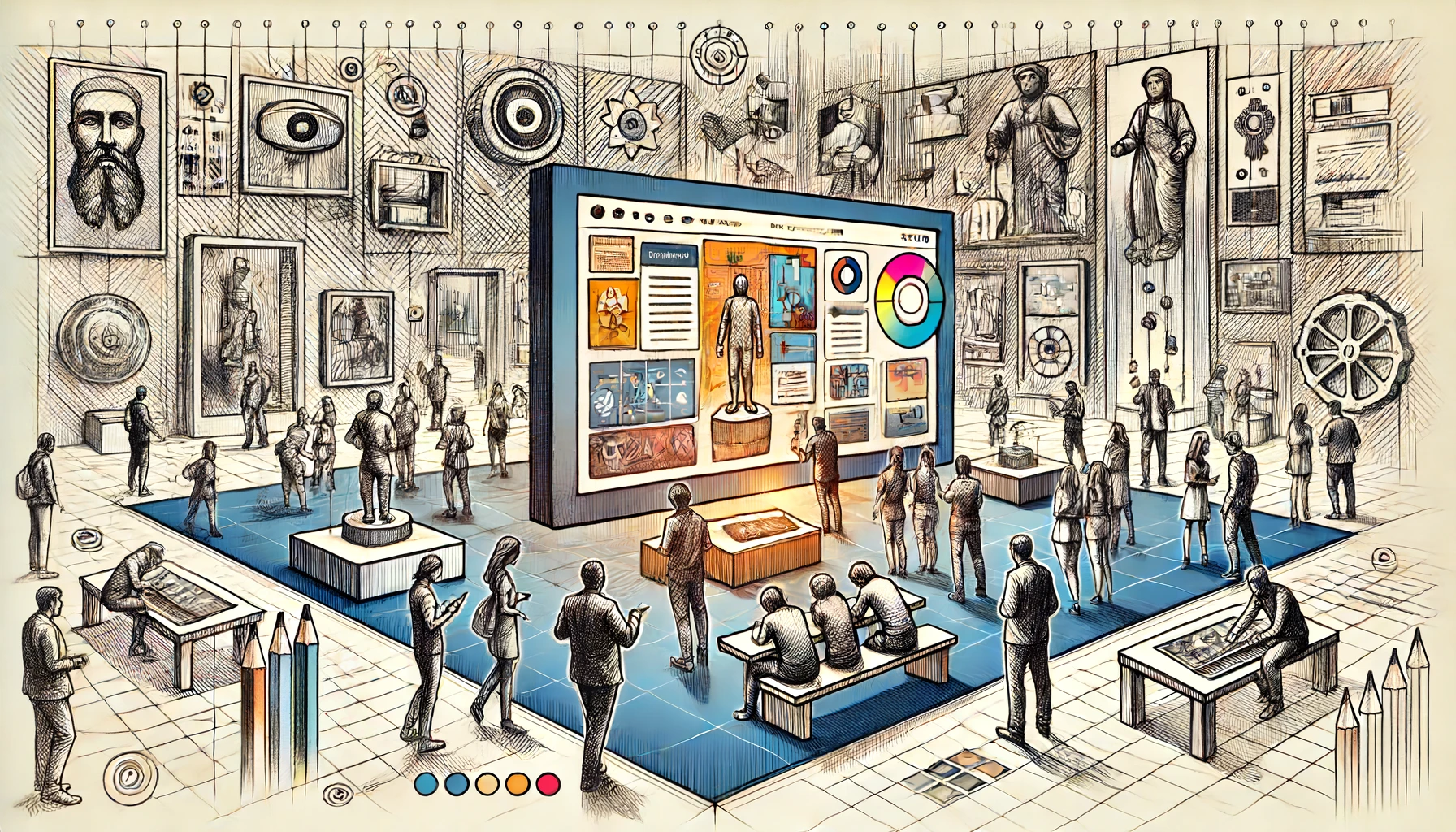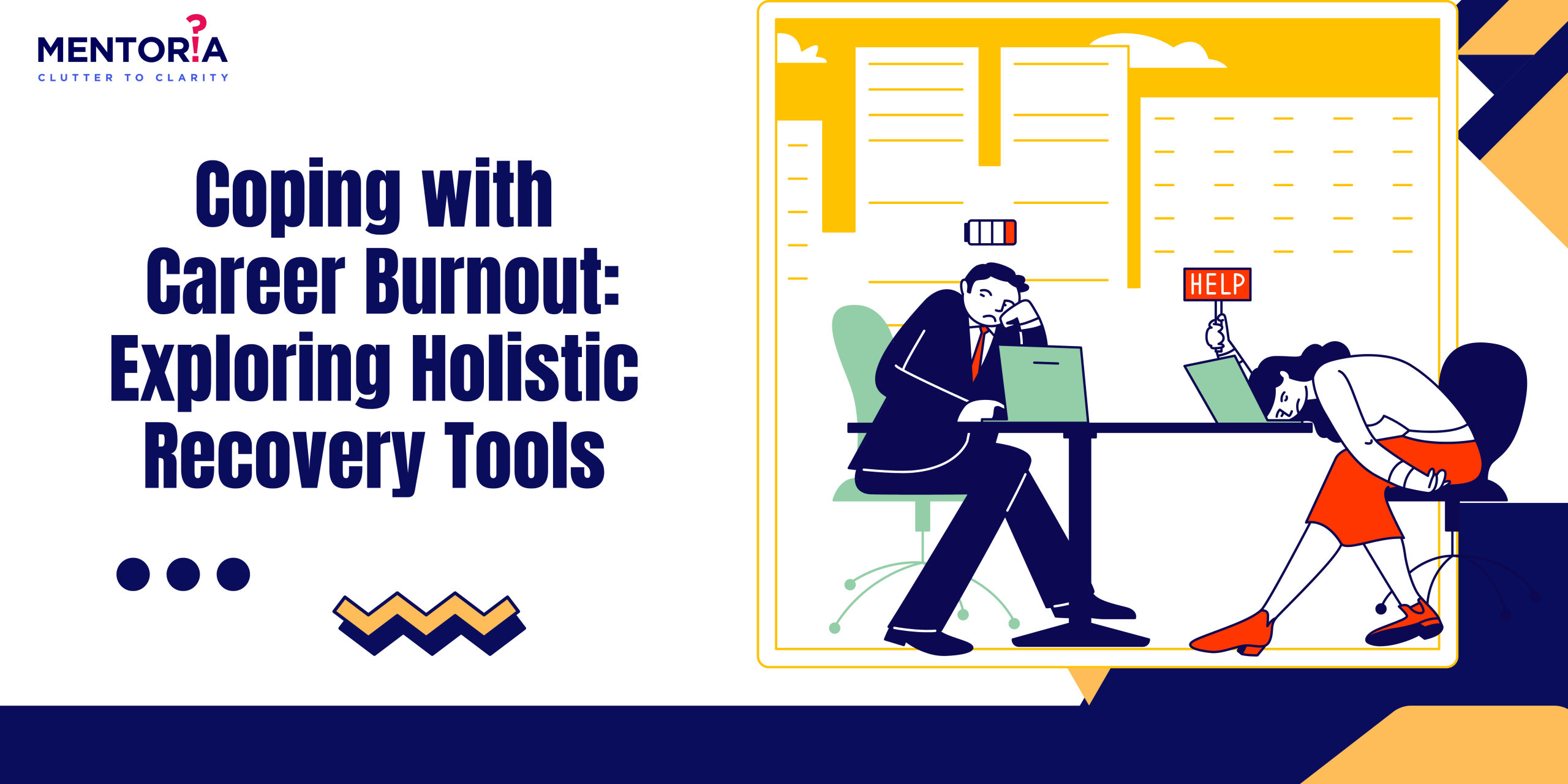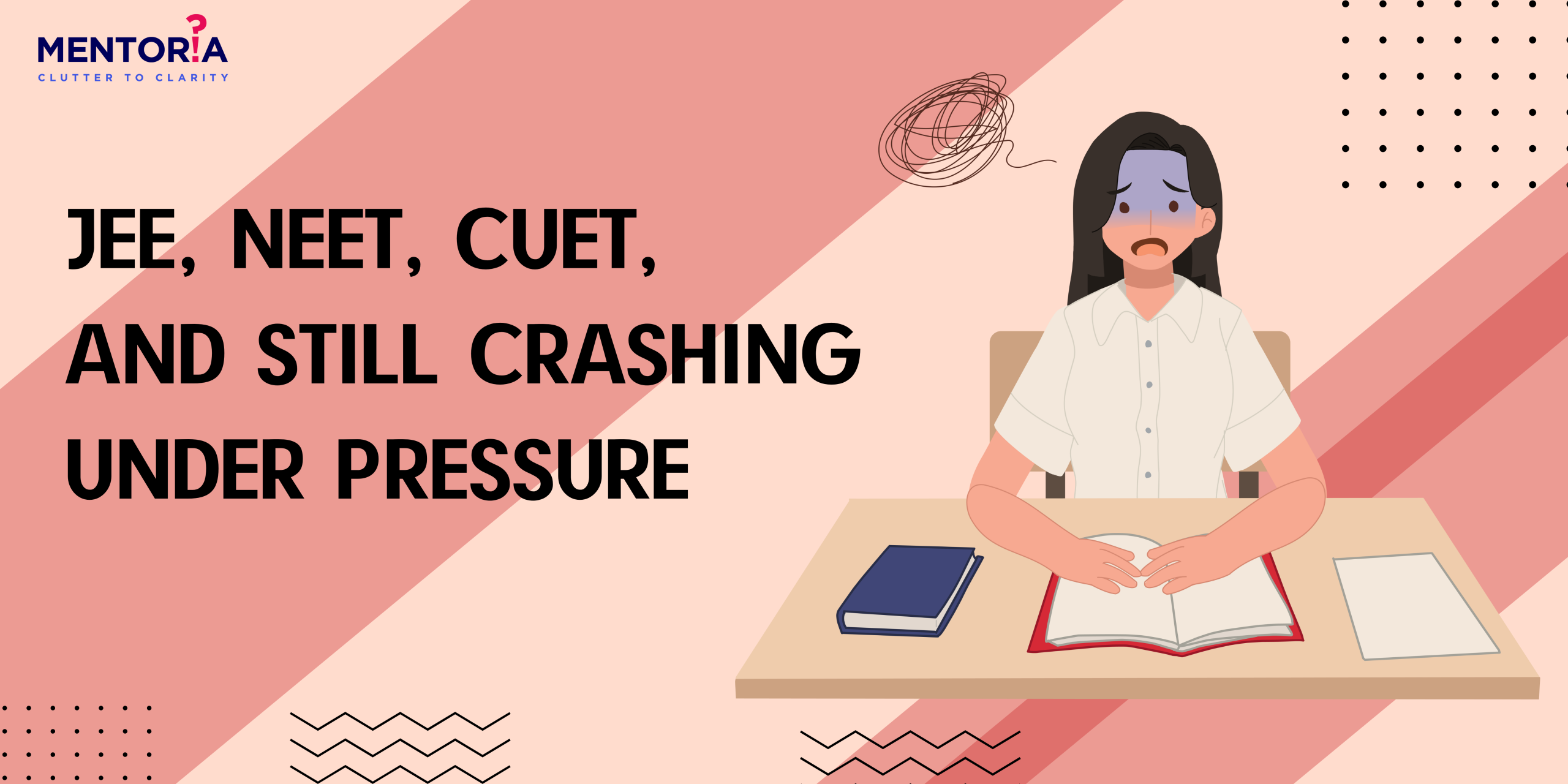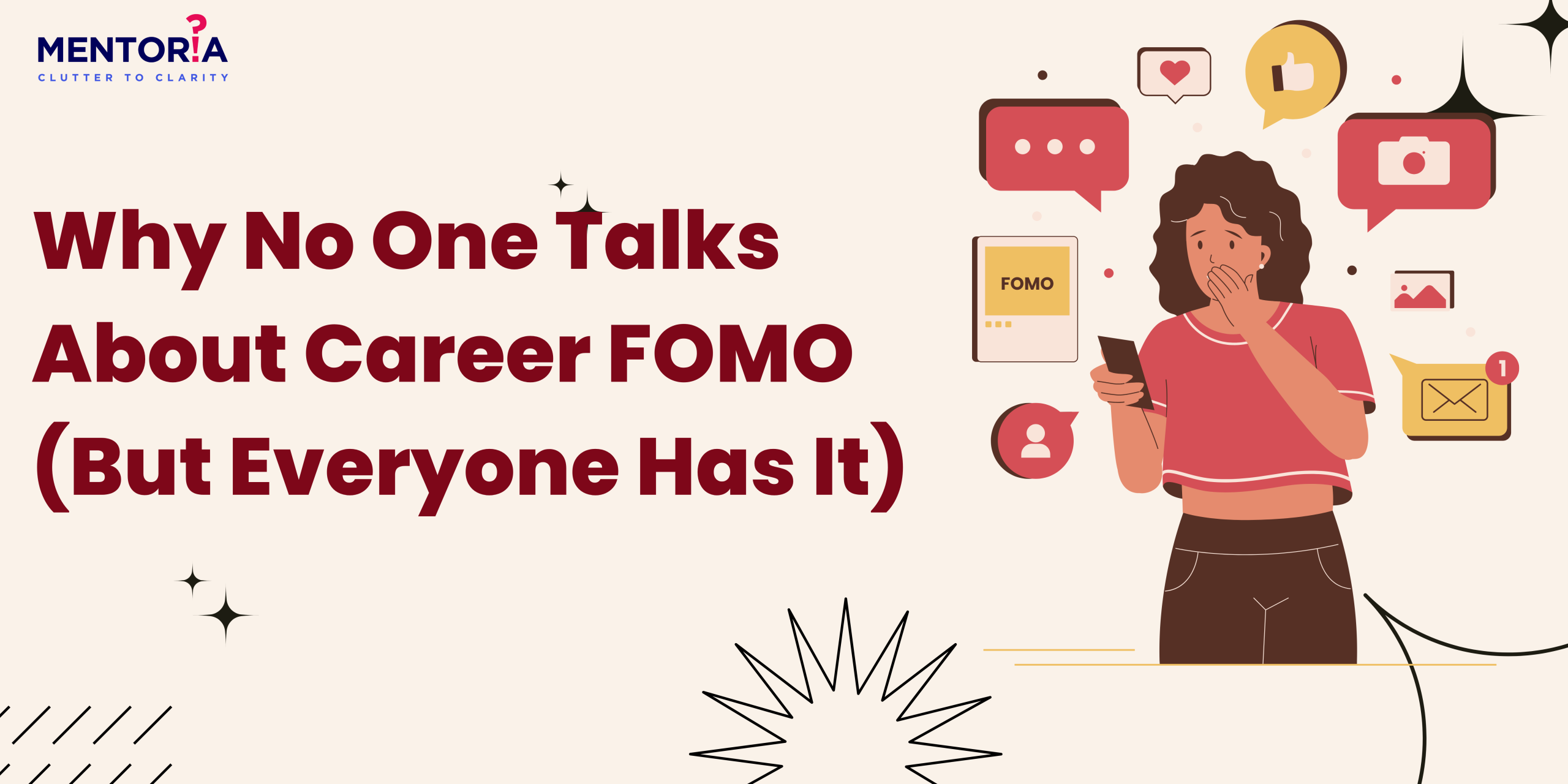Creative Paths in the World of Art Therapy
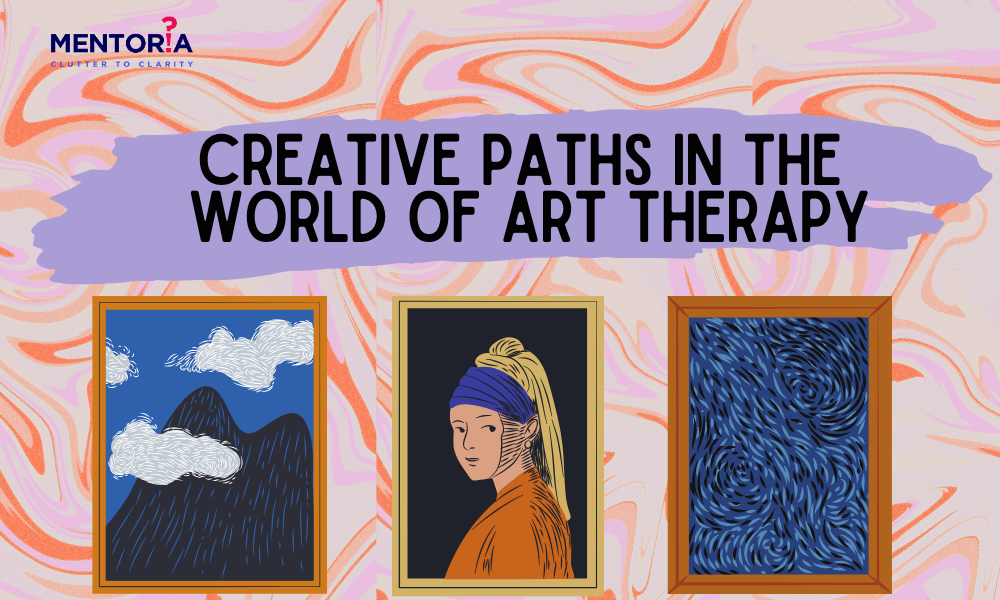
Do you lose track of time while painting, doodling, or simply playing with colours until everything feels just right? It’s like stepping into a creative cocoon! Isn’t it amazing how art can express what words can’t capture? Have you ever experienced that magical moment when creativity simply flows through your hands? That’s the incredible power of art therapy, where the worlds of creativity and healing collide beautifully.
Imagine painting not just as a hobby but as a powerful way to help friends and others deal with their trauma, stress, and emotional hurdles. It’s all about using what you love to spark healing and connection. From splashing paint on a canvas to moulding clay or capturing a moment through photography, art therapy could be your perfect calling. Ready to jump into this incredible journey?
Exploring Your Educational Journey
Degrees and Qualifications
Want to dive into the world of art therapy? You’ll typically need a Master’s degree, either in Psychology or Art Therapy. It’s the first step to turning creativity into healing. Check out this list of institutes offering postgraduate courses in Art Therapy.
- Loyola College in Chennai offers an exciting M.A. in Art Therapy that combines creative expression with mental health. It’s a unique programme that encourages students to explore the therapeutic power of art.
- Tata Institute of Social Sciences (TISS) is your go-to for social work, featuring exciting electives in expressive courses like art therapy. Dive into a world where creativity meets compassion.
- Jamia Millia Islamia in New Delhi is the leading institute in India, making waves with its unique blend of creative therapy in Psychology and counselling programmes. Check out their certification courses if you don’t want to commit to a Master’s programme.
What is Art Therapy?
Art therapy is an amazing field that emphasises the power of artistic expression for healing and self-discovery. Check out these popular techniques that create a perfect space for exploration and growth, providing a safe haven for people of all ages.
1. Drawings and Paintings
Drawing and Painting stand out as powerful tools in art therapy. As an Art Therapist or Illustrator you can help people to express emotions that words often fail to capture.
How does it Help? Through the magic of strokes and colours, people can unleash emotions that often stay hidden within—like anxiety, fear, or even happiness. It’s one of the best ways to let feelings flow! Do you remember how Ishaan Awasthi, a dyslexic child in Taare Zameen Par used to paint to express his suppressed emotions? That is exactly what Art Therapy is.
Fun Fact: Recent studies have shown that Vincent van Gogh may have suffered from bipolar disorder, and his artwork, although colourful, often reflects his emotional pain., He used his creativity as a powerful tool for healing. What better example could we have for a painter?
2. Collage and Mixed Media
Creating a collage is so much like crafting a story, blending images, words, and textures into a beautiful narrative. As a Mixed Media Artist or an Art Educator, you can help people dive into the world of identity and self-awareness which can be incredibly eye-opening and full of surprises.
How does it Help? Feeling lost or overwhelmed by mixed emotions? Cutting up magazine images and creating a collage is a fun way to bring some order to the chaos inside and express yourself creatively. Collaging is a fantastic way to help patients tap into their subconscious thoughts, making it easier to explore deeper feelings.
Fun Fact: Beyoncé loves to blend different media in her art, taking us on profound emotional journeys! The album Lemonade is a powerful reflection of personal and cultural experiences, showcasing techniques that resonate deeply.
3. Sculpting and Claywork
As a Sculptor or any other 3D artist, you can create a unique, hands-on experience that connects people to their emotions in a tangible way.
How does it Help? Getting your hands into some clay can be a total game-changer for anyone dealing with anxiety or trauma. Heard about modern-day Pottery Cafes? These work like a mini-therapy session helping people feel more centred and connected. In India, therapists are getting creative with clay modelling for kids dealing with loss or trauma. It’s a way to help them express their feelings without the pressure of traditional talk therapy.
Fun Fact: It’s popular news that Brad Pitt loves ceramics so much, that he even built a pottery – for his LA mansion, which Leonardo DiCaprio regularly visits for sculpting sessions.
4. Photography and Digital Art
In today’s digital age, Photographers and Digital Artists are emerging as powerful mediums providing therapeutic tools that can improve well-being.
How does it Help? It lets people showcase their world in ways that truly capture their feelings. Many people often feel overwhelmed by traditional art forms. However, photography and digital art offer unique ways to capture and appreciate beauty, making them powerful tools for those dealing with depression or feelings of isolation.
Fun Fact: Arielle Bobb-Willis is a New York-based photographer who started shooting to get her out of some depression. She has photographed many subjects in awkward, almost tortured poses. She often photographs the disjointed feelings she experiences during her depressive episodes. Click here to check out her amazing work.
5. Music and Movement
Art therapy opens up a whole new world that goes beyond just the visual arts! For many, music is a source of comfort that transforms into a full-body experience. As a Music or Dance Therapist, you can help people express emotions and improve their mental health.
How does it Help? Art therapy that includes movement, like dancing to the beat of music, helps release those bottled-up emotions in our bodies. Dance therapy is a powerful form of art therapy that resonates deeply with trauma survivors, offering them a way to express their feelings when words just won’t do. Check out Mentoria’s webinar on A Day in the Life of a Dance Therapist to learn more about this.
Fun Fact: In the case of a young girl, Evie with Down Syndrome, the patient’s physiotherapists used music and movement to boost her spirits and promised Evie that when she took her first steps, they would dance with her. The chosen dance was the iconic moves from Beyonce’s ‘Single Ladies’.
Mixing Art Therapy with Other Techniques
Art therapy is all about connection and community; it doesn’t exist in a vacuum! It works in perfect harmony with other therapies and holistic practices. Here are a few such examples:
1. Merging with Classic Therapy
Art therapy is a fantastic complement to cognitive behavioural therapy or psychoanalysis, enhancing the healing journey in creative ways!
Example: At the Mental Health Foundation of India, therapists are blending art therapy with classic therapy to create a unique approach. This innovative method helps people express their feelings in ways that words sometimes can’t capture. People dealing with post-traumatic stress disorder often express their trauma through art, creating art pieces that reveal their experiences. Therapists then use these drawings as a starting point for deeper conversations about the issues at hand.
2. Holistic Healing
Holistic Healing refers to healing the mind, body, and spirit. It is a way to lead to wellness by using natural remedies, alternative therapies, and a deeper connection with yourself.
Example: Workshops are provided by the Art of Living Foundation where, after a healing yoga session, participants are asked to create art. It is a creative and mindful cocktail that you would not be able to resist.
3. Schools and Community Programmes
Art therapy is making its way into schools and community centres, providing students with a fun and creative way to support their emotional well-being.
Example: Katha is making a splash with art therapy in schools, particularly for kids in rural areas. It’s a game-changer! It offers a unique way to share emotions about various situations and bravely tackle tough topics like bullying and stress at home. These programmes are a fantastic way to let go of all your worries while having a blast!
4. Corporate Wellness
Corporate wellness is all about fostering a healthier and more compassionate work environment for employees. It focuses on boosting both physical and mental health, leading to greater productivity at work and, ultimately, higher job satisfaction.
Example: MindTree, the Indian IT company that’s shaking things up in the world of corporate well-being! They’re introducing some seriously cool art therapy workshops that are all about creativity and mental health. It sparks employee creativity through painting and sculpting, transforming the workplace into a vibrant and enjoyable space. Can you believe work can actually be this enjoyable?
Your Blank Canvas is Ready!
Art therapy is has an incredible1 power to inspire transformation and empower individuals. It’s a journey of self-discovery and healing through creativity. Whether you’re painting, snapping photos, or dancing your heart out, this form of expression taps into the amazing power of creativity to heal and transform lives. It’s all about unlocking that inner artist and discovering the magic of self-expression. As you think about this journey, remember that Mentoria is here to connect you with the best mentors. These mentors will guide you step by step in your career through each brushstroke, photo, and all other forms of art. Get ready to turn your love for art into helping people lead healthier lives!
